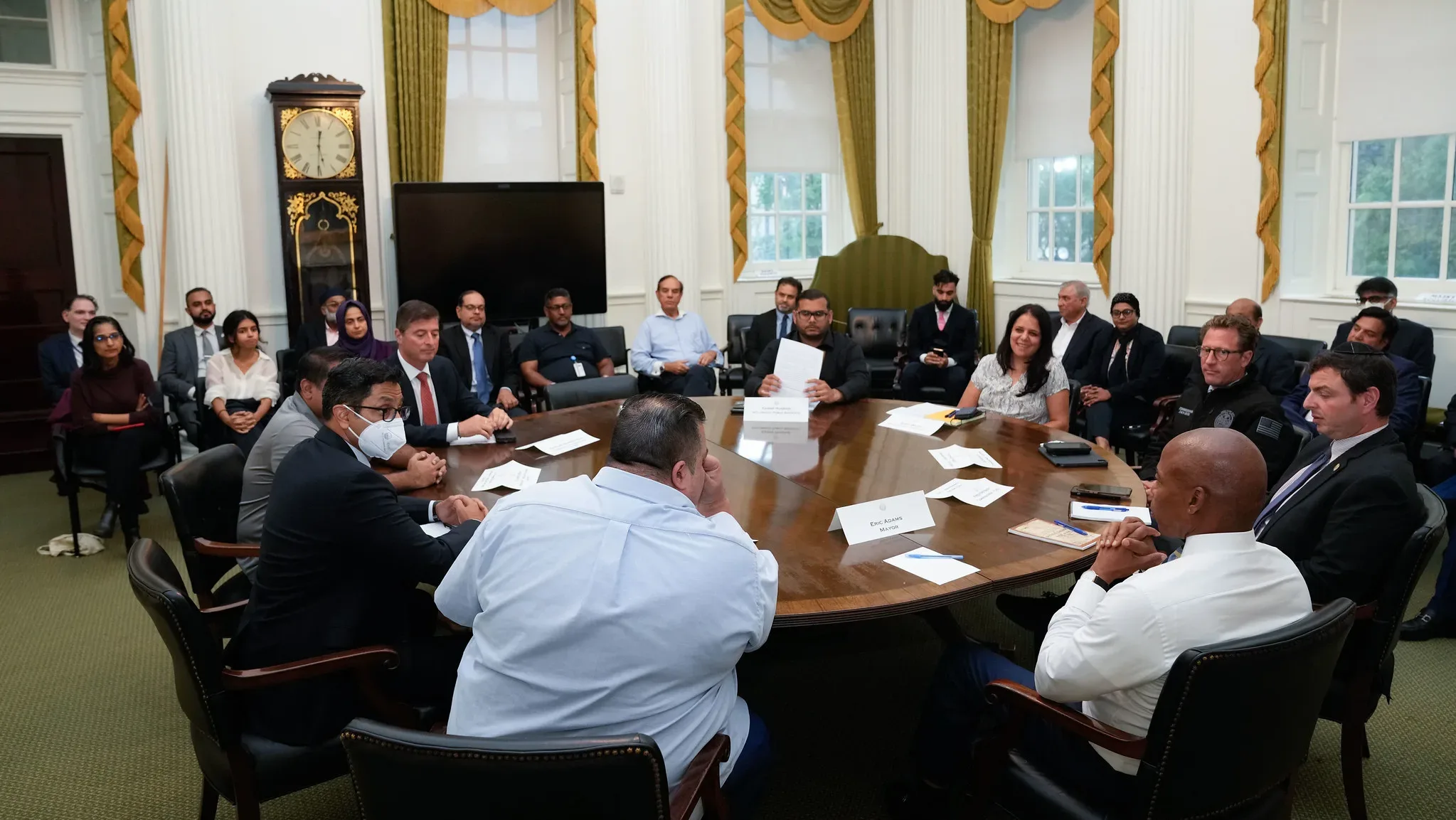This summary was featured in Documented’s Early Arrival newsletter. You can subscribe to receive it in your inbox three times per week here.
More than 300,000 Afghans worked alongside the U.S. in the last two decades, but relatively few qualify for refugee protections in the U.S. Roughly 18,000 Afghans have applications pending to qualify for Special Immigrant Visas. But only 2,000 individuals with approved cases already arrived in the U.S. through evacuation flights from Kabul. President Joe Biden said the U.S. plans to bring more Afghan families in “coming days,” but didn’t provide any detail. Critics say the U.S. government has delayed these approvals by demanding a 14-step process for applications to be approved. According to Betsy Fisher, director of strategy at the International Refugee Assistance Program, her organization has clients who applied for the visa 10 years ago. The New York Times
In other federal immigration news…
USCIS Employees Asked to Volunteer to Assist Afghans
On Monday, the Biden administration asked U.S. Citizenship and Immigration Services employees to volunteer for assignments to help relocate Afghans who helped the U.S. The Operation Allies Refuge was launched in July to bring Afghans who are eligible for Special Immigrant Visas and their families to the U.S. Pentagon press secretary John Kirby confirmed with CNN that the Department of Defense will possibly move about 30,000 Afghan SIV applicants to the U.S. He mentioned that Fort Bliss, Texas, and Fort McCoy, Wisconsin, have the ability to hold these applicants. The call for volunteers comes amid pressure from refugee and immigration groups to do more for U.S. allies in Afghanistan. CNN
DHS’s New Alternatives To Detention Pilot Program
The Department of Homeland Security announced it will begin a new case management program that would rely on help from nonprofits to track and offer more assistance to migrants. The Alternatives to Detention Case Management Pilot Program will supply counseling and support services to migrants alongside partnering nonprofits and local governments. The new program will also expand the use of ankle monitoring bracelets, telephonic reporting and smart apps that track migrants to allow them out of jail as they await court hearings. DHS is relying on Congress to increase funding for ATD in the 2022 fiscal year. Border Report















